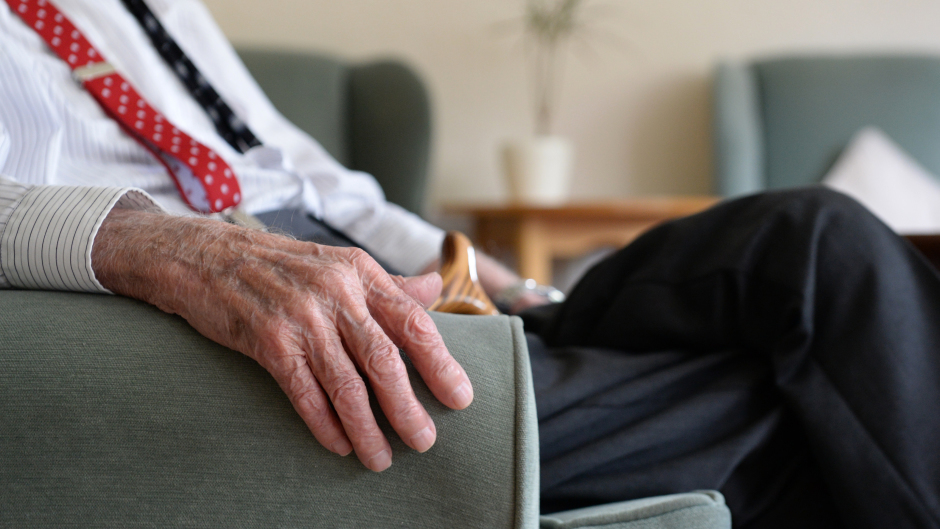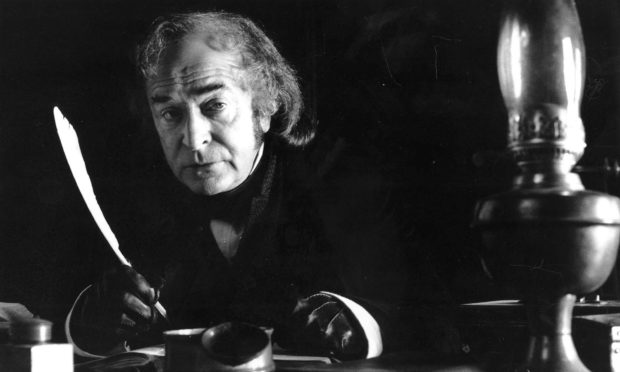Ebenezer Scrooge might have approved of the latest official pronouncements on how to “celebrate” – if that’s the right word – this year’s Covid Christmas.
It was a few days before Advent Sunday that Nicola Sturgeon and other political leaders in the UK provided a little festive cheer by announcing plans to relax restrictions for the festivities.
At the time there was much harrumphing north of the border that Hogmanay was excluded from the five-day window from December 23 to 27 when up to three households would be allowed to meet in a bubble.
Since then the rising number of Covid-19 cases has put even more of a dampener on the festivities, with medical experts forecasting that easing the measures would have deadly consequences.
So it was that the UK’s four nations entered discussions on how to respond to these warnings, leading to speculation that there would be backtracking on the plan for restriction relaxation.
In the end, the Covid bubble “rules” allowing three households to meet between December 23 and 27 were kept intact, but at the same time it was announced that the “guidance” would be tightened.
As Ms Sturgeon outlined at her daily Covid-briefing, the guidance is now that the “unequivocally safest way” to spend Christmas is to stay within your own household.
📺 Watch live: First Minister Nicola Sturgeon holds a press conference on #coronavirus (#COVIDー19).
Joining the First Minister today is Interim Deputy Chief Medical Officer Dr Nicola Steedman. https://t.co/NmwTClpnIY
— Scottish Government (@scotgov) December 16, 2020
Staying at home is the “strongest recommendation”. Even though the “rules” identified a five-day window for meeting up, the “guidance” was that bubbles should only meet for one day and avoid staying overnight in other people’s homes. Travel between levels of high and low Covid prevalence should be avoided.
If people were desperate for company, Ms Sturgeon suggested the ideal scenario would be to go for a walk outdoors.
Otherwise she suggested different households could sit in the garden for half an hour on the basis that 30 minutes will be all that people are likely to endure in winter temperatures.
Rules and guidance
The guidance brings little in the way of tidings of comfort and joy for those desperate to meet up after the enforced isolation of the last few months.
Ms Sturgeon was hopeful that people would recognise the severe threat posed by the virus and abide by her advice.
But those listening to the first minister could be forgiven for feeling more than a little bewildered. The upshot is that, technically, people can act within the “rules” while disregarding the “guidance” – a recipe for confusion.

The official line was that the “rules” were kept in place because of a pragmatic recognition that people would want to meet, particularly those suffering from loneliness.
But it is difficult not to assume that the political calculation that retreat on the rules would have damaged public confidence and triggered “Christmas cancelled” headlines.
Meanwhile, many will feel obliged to examine their carefully thought through Covid festive plans and their consciences. Bah humbug!
